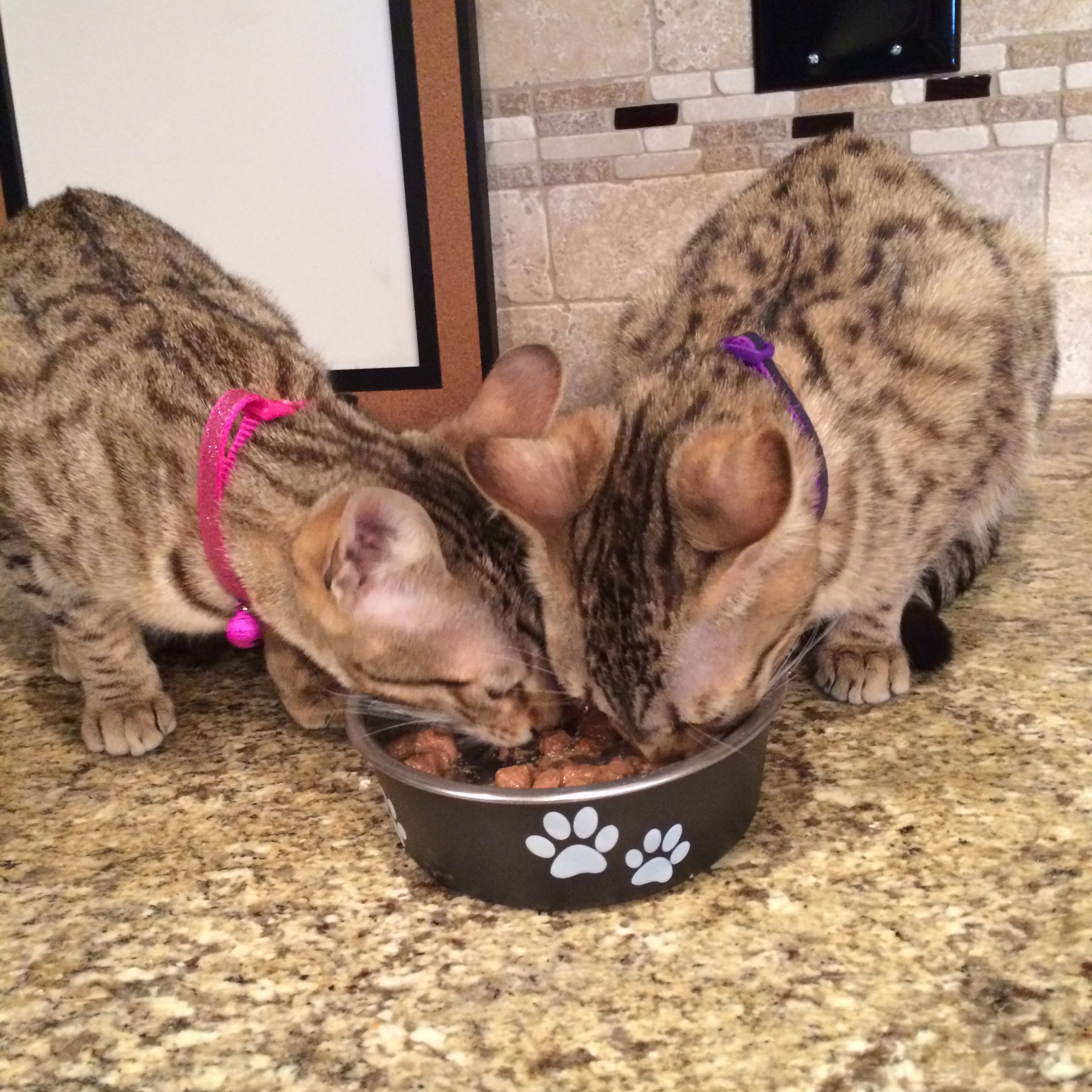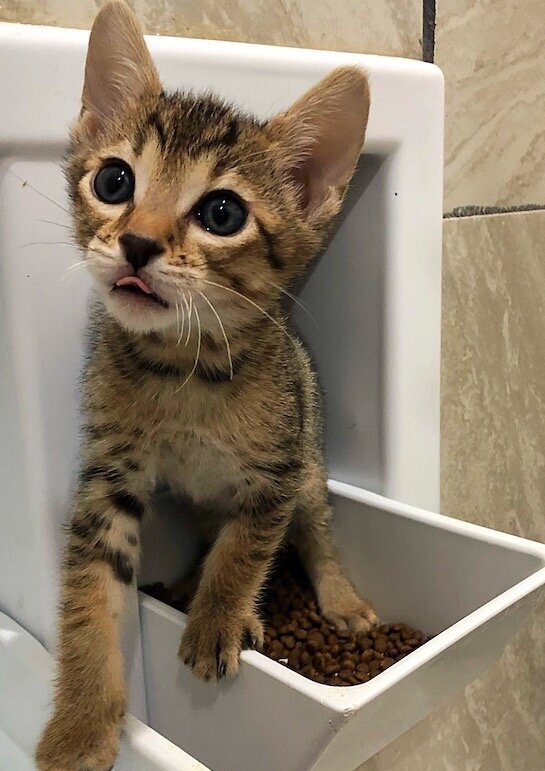Being a proud cat parent is not easy. Taking good care of your pet is imperative. Is your cat healthy though? Are you aware of the various signs and symptoms that could reveal about the health of your cat? Cats or our beloved pets do not speak our language; it is only through scrutiny that we can equip ourselves to notice these little changes in their behaviors to understand them better. Here is the perfect guidebook to understanding your cat better and building a protective environment for its long life.
1. Notice the Eyes of your Cat
Cats have naturally attractive eyes. They are bright and clear, most of the time. Any discharge around their beautiful eyes or cloudy parts in the pupils of the eyes can be indicative of something. In the event of redness or visible irritation of the eyes, it is recommended to consult your veterinarian. It could range from conjunctivitis, corneal damage, eye inflammation, glaucoma, keratitis, eyelid mass to cataracts.
Additionally, it is considered best if the owner has pet insurance for cats. It can help to bear the cost of unforeseen incidents or medical charges. Additionally, it aids in better efficacy when it comes to financial stability, in the long run.
2. Skin and Coat of the Cat
Cats have vivid skin colors that can be very dazzling. Their coats should be free from flakes and mats. The skin and coat can be indicative of several problems. For instance, dry skin and coat can mean a lack of grooming. Over-grooming for cats is a possible condition. This can lead to sore skin, skin inflammation and hair loss. This condition is brought about, in cases of excessive licking. Wounds and swellings can be visible too.
In any situation other than the ideal, the owner should consider consulting the doctor. It is correctly pointed out that one should not make assumptions when it comes to cats.
3. The Digestive Health of your Cat
Cats litter is generally small and firm. This ideal condition can be translated to a healthy diet of the cat, or the fact that the cat can retain the nutrients from their diets. Coupled with this, is the vital need to pick the correct types of cat food. Even the most expensive ones can be unsuited for your cat. It can even give them an upset stomach, loose stools or food poisoning.
One needs to be careful while storing the food, to prevent these occurrences. Avoiding the litter box can be serious indications. Statistically, almost 10% of the cats stop using their litter boxes due to various reasons. Consulting the veterinarian is a must in this case. Monitoring the litter box can enable you to early detection of diseases like Urinary tract infection, feline interstitial cystitis or kidney stones or blockage. Urine marking should not be mistaken for elimination outside the litter box.
Every feline urinates a smaller amount outside the litter box, and this is a normal condition that the owners should not worry about. They can talk to their veterinarian to have a better understanding of this.
4. The Teeth of your Cat
Cats usually have a clean set of teeth. Their gums are expected to be bright pink. In case there is a change or difference in these, observe closely. Plague and tartar can be a cause of these. Further, there can be yellowing or darkening of the back teeth.
The three specific dental problems that can cause a lot of pain and discomfort to your cats are gingivitis, periodontitis, and tooth resorption. You should immediately consult the vet in these cases.
5. The Energy Level of your Cat
Higher energy levels in cats can be attributed to their playfulness and are the perfect condition to be expected. Excessive lathery or hiding should be the cause of worry. Rapid breathing too can be added to this list of things to be worried about.
Obesity can be a visible reason for this sudden lack of energy. But this is likely to develop over time. Sudden changes can reflect on some internal problems of the cat. Keep an eye open for any display of discomfort or pain to access the situation better.
Arthritis of joint pains has often been the cause for these. Age is another factor that plays into these developments. However, one should always consult the doctor to ensure the early detection of any diseases.
Conclusion
One can simply not stress enough on the utmost need to check with their reliable vet if they own a cat. The average lifespan of the cat ranges from 10 to 16 years. One should take every necessary step to ensure that your cat lives for a greater span and has a comfortable life.
Noticing the subtle changes in the behavior or the appearance of the cat can greatly contribute to this process. Your little friend deserves the best life and you should thrive to guarantee that.
Click on the links in the article to see where it takes you.
Until our next cat convo














